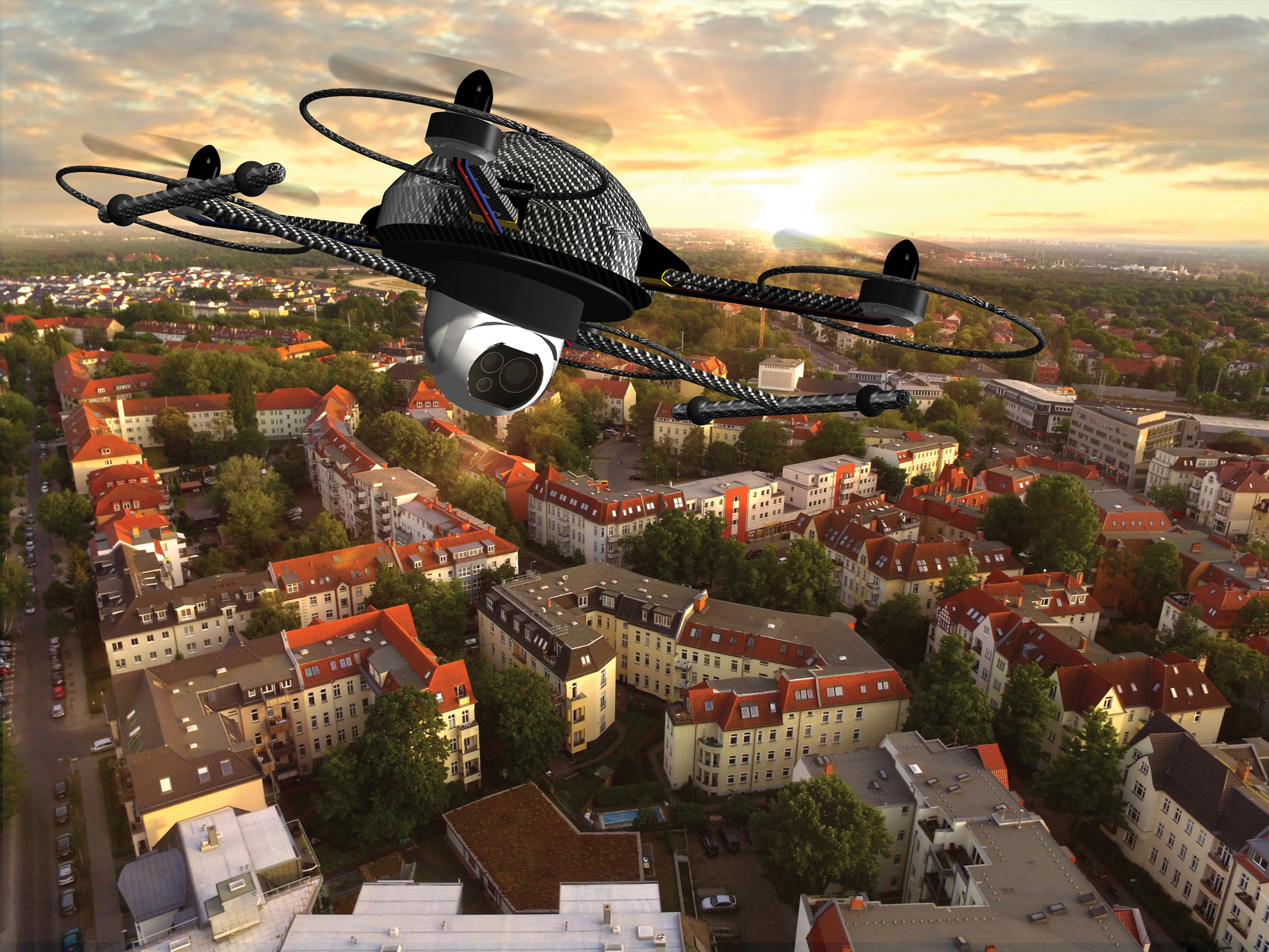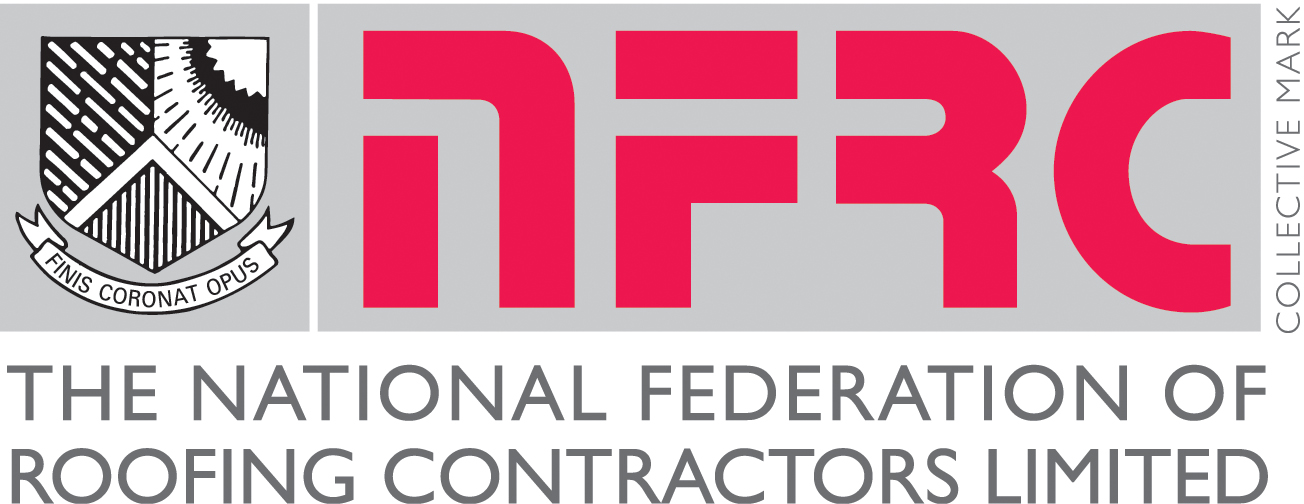The use of drones is increasing across the roofing industry as more companies use the technology to reduce the risk of working at height.

What better way to improve safety than to use a drone, also known as Unmanned Aerial Vehicles (UAVs) instead of sending someone up a ladder? When coupled with a high definition camera, these small, battery powered, remote controlled devices can take the strain and the risk out of surveying the roof, thereby saving you time and money and impressing your customers at the same time.
In fact, a growing number of companies are already using UAVs to capture images of defective roofs to show their customers. It’s a great way to build trust and win work by showing clients close up images of the issues at hand. At a cost of a couple of thousand pounds or less, most commercial UAVs, cameras, gimbals and other paraphernalia are within economic reach for many contractors, meaning it’s becoming more viable as time goes on.
There is now so much interest in UAV’s from the roofing industry that the Government recently undertook a public consultation on their commercial use, the results of which will be available shortly. There is no question that technology such as this could be helpful to the industry, however, before you head out on site with your remote control at the ready, there are a few things to consider:

LICENSES
You’ll need one. To fly a UAV commercially (essentially that is any activity in relation to roofing work you carry out using a UAV) you will require a licence from the Civil Aviation Authority (CAA).
PERMISSIONS
In addition to a license you also need to make sure you comply with the Air Navigation Order 2016, and in particular the Regulations surrounding the use of UAVs in congested areas. The order defines congested areas as being ‘any area of a city, town or settlement which is substantially used for residential, industrial, commercial or recreational purposes.’ In other words, any area at all in a town or city! Basically, flying commercially in areas where people and buildings are present requires specific CAA permission. For multiple flights within a year, you might have to submit a full operating manual and individual risk assessments direct to the CAA before you get the go ahead.
LINE OF SIGHT
Another thing to consider is that any UAV you are flying must stay within your line of sight so you know the flight is safe as you can see it in action. Other methods to prove safe flight is adhered to, such as using a spotter with a radio, are also acceptable.
INSURANCE
Flying UAVs on a commercial basis also requires specific insurance, and proof to the CAA that the pilot has the required minimum technical competencies (assessed by one of the National Qualified Entities).
The recent increase in the use of drones means they are becoming more mainstream, with many agencies such as the Police, Search and Rescue and the Fire Service using them successfully. The construction industry is certainly getting up to speed with the technology too – the CITB (Construction Industry Training Board) recently funded flight training for an NFRC member and there is talk of them formulating an NVQ in conjunction with the UAV industry for a ‘Roofing Pilot’ qualification. This is good news, as a vocational qualification covering flight and operations and providing a link between technology and construction could have a positive effect in the recruitment of school and college leavers to the industry.

For more information on how the NFRC are working with industry partners to champion the use of drones and technology in roofing, visit www.nfrc.co.uk.

